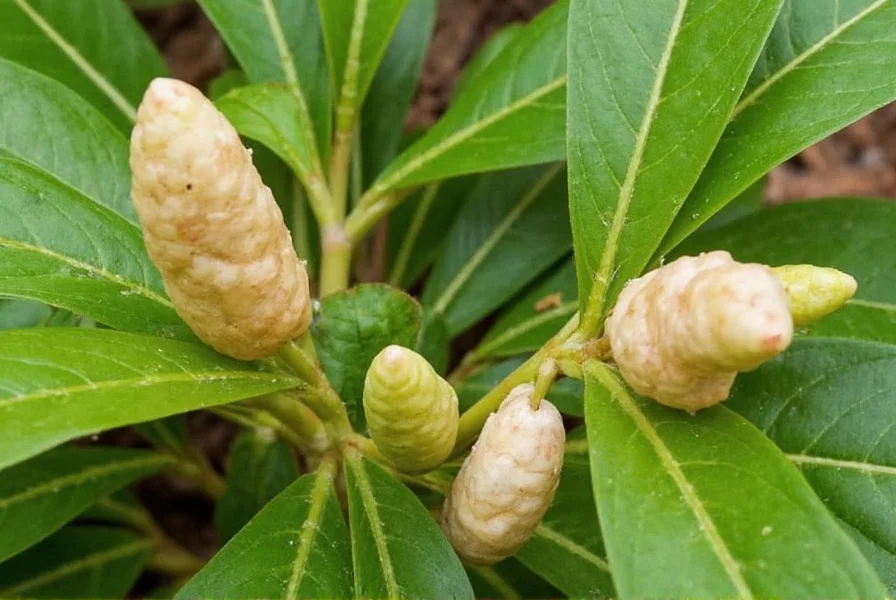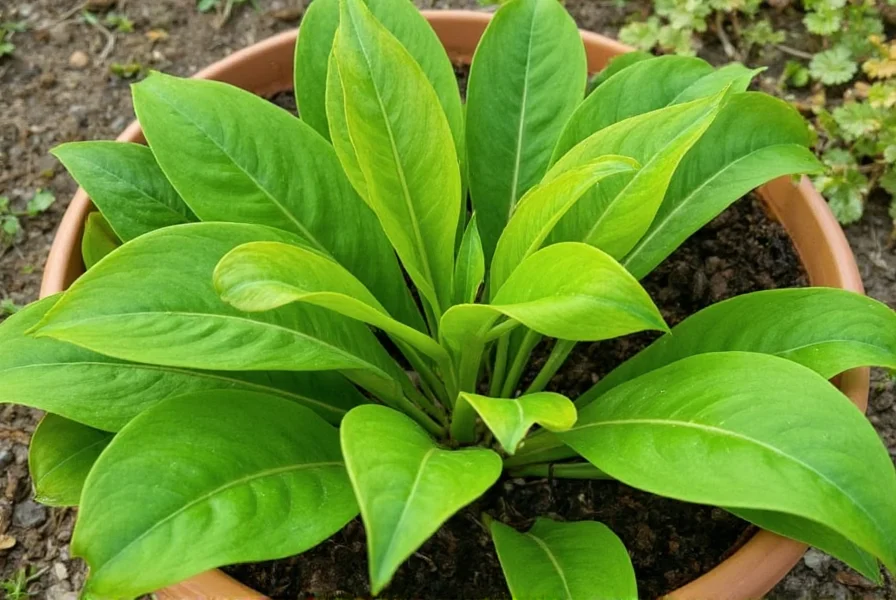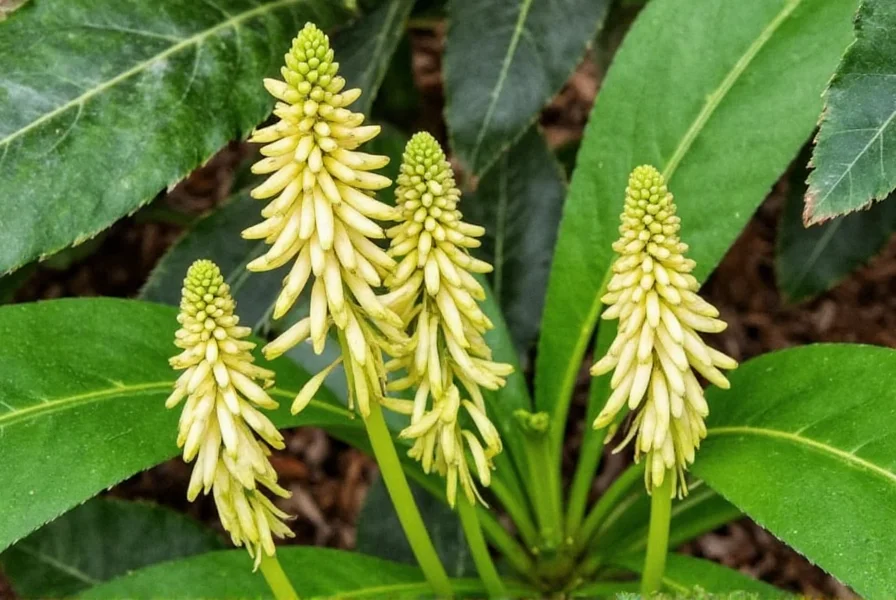Understanding Ginger Plant Biology and Growth Requirements
Ginger plants belong to the Zingiberaceae family and feature reed-like stems reaching 2-3 feet tall with narrow green leaves. The valuable part of the plant is the rhizome—an underground stem that stores nutrients and produces the familiar ginger root. Unlike true roots, rhizomes grow horizontally beneath the soil surface, sending up new shoots while the original planting material gradually withers.
Successful ginger plant cultivation begins with understanding its tropical origins. Native to Southeast Asia, ginger requires specific environmental conditions that mimic its natural habitat. The ideal temperature range for growing ginger plants at home is 71-86°F (22-30°C), with high humidity levels around 70-80%. Temperatures below 50°F (10°C) will cause the plant to go dormant, while frost will kill the entire plant.
Optimal Planting Conditions for Maximum Yield
Choosing the right location significantly impacts your ginger plant care success. In tropical regions, ginger grows well in partial shade—about 2-5 hours of morning sun with protection from intense afternoon rays. In temperate climates, provide more sunlight (4-6 hours) while maintaining soil moisture. Ginger cannot tolerate waterlogged conditions, so soil drainage is critical.
| Growing Condition | Optimal Range | Notes |
|---|---|---|
| Soil pH | 5.5-6.5 | Slightly acidic soil promotes nutrient absorption |
| Temperature | 71-86°F (22-30°C) | Avoid temperatures below 50°F (10°C) |
| Humidity | 70-80% | Mist leaves regularly in dry climates |
| Watering | Consistently moist | Never allow soil to dry completely |
For indoor ginger plant cultivation, choose a location with bright, indirect light. East or north-facing windows typically provide suitable lighting without scorching the delicate leaves. Rotate the container weekly to ensure even growth.
Step-by-Step Guide to Planting Ginger Rhizomes
Start with fresh, plump ginger rhizomes featuring multiple eye buds. Look for organic ginger when possible, as conventionally grown ginger may be treated with growth inhibitors. Before planting:
- Soak rhizomes in warm water for 1-2 hours to stimulate growth
- Cut into 1-2 inch sections, ensuring each piece has 1-2 healthy buds
- Allow cut surfaces to dry for 24 hours to prevent rot
For growing ginger in containers, select pots at least 12 inches deep with drainage holes. Fill with a rich, well-draining mix of potting soil, compost, and perlite (2:1:1 ratio). Plant rhizome sections with buds facing upward, covering with 1-2 inches of soil. Water thoroughly after planting.

Essential Care Practices for Healthy Ginger Plants
Proper ginger plant watering requirements balance moisture retention with drainage. Water when the top inch of soil feels dry, ensuring excess water drains freely. During active growth (spring through summer), maintain consistent moisture without saturation. Reduce watering in fall as the plant prepares for dormancy.
Fertilize monthly during the growing season with a balanced, organic fertilizer (10-10-10 NPK). Alternatively, use compost tea or well-rotted manure for natural nutrient supplementation. Avoid high-nitrogen fertilizers that promote excessive foliage at the expense of rhizome development.
Monitor for common issues like yellowing leaves (overwatering), brown leaf tips (low humidity), or stunted growth (nutrient deficiency). Ginger plants rarely suffer from serious pests, though spider mites may appear in dry conditions. Treat infestations with insecticidal soap rather than harsh chemicals.
Harvesting and Storing Your Ginger Crop
Determine harvest readiness by observing the plant's natural cycle. When leaves begin yellowing and dying back (typically 8-10 months after planting), the rhizomes have reached maturity. For when to harvest ginger rhizomes, wait until at least half the foliage has died back.
To harvest, carefully dig around the plant perimeter and lift the entire root mass. Shake off excess soil and separate rhizomes from the mother root. Cure harvested ginger by air-drying for 2-3 days in a shaded, well-ventilated area before storage.
Store fresh ginger in a paper bag in the refrigerator crisper drawer for up to 3 weeks. For longer preservation, freeze peeled ginger or store in a vinegar solution. Properly cured ginger can also be dried and ground into powder.

Troubleshooting Common Ginger Plant Problems
Even with careful ginger plant care tips, challenges may arise. Root rot from overwatering is the most common issue, characterized by mushy, discolored rhizomes. Prevent this by ensuring excellent drainage and avoiding water accumulation in containers.
Leaf spot diseases may appear as brown or yellow spots on foliage. Remove affected leaves immediately and improve air circulation around plants. In severe cases, apply a copper-based fungicide according to label instructions.
If your ginger isn't producing substantial rhizomes, consider these factors:
- Insufficient warmth during growing season
- Inadequate sunlight exposure
- Poor soil nutrition
- Planting material treated with growth inhibitors
Practical Applications of Home-Grown Ginger
Freshly harvested ginger offers superior flavor and potency compared to store-bought alternatives. Use your homegrown ginger in culinary applications like stir-fries, teas, and baked goods. The young, tender rhizomes work well for pickling or crystallizing, while mature roots provide stronger flavor for cooking and medicinal preparations.
For common problems with ginger plants related to storage, remember that freshly harvested ginger contains more moisture than commercial varieties. Use it more quickly or process it immediately for preservation. Never store ginger in plastic bags, which trap moisture and accelerate spoilage.
Expanding Your Ginger Growing Experience
Once you've mastered basic how to grow ginger plants at home, consider experimenting with different varieties. While Zingiber officinale is the common culinary ginger, you might try:
- Galangal (Alpinia galanga) - sharper, more citrus flavor
- Lesser ginger (Zingiber purpureum) - ornamental with edible rhizomes
- Shell ginger (Alpinia zerumbet) - primarily ornamental but has culinary uses
Each variety has slightly different growing requirements, but all benefit from the warm, humid conditions that mimic their tropical origins. By understanding these specific needs, you can enjoy a continuous harvest of fresh ginger throughout the year.
Frequently Asked Questions
Can I grow ginger plants indoors year-round?
Yes, ginger plants thrive indoors when provided with bright, indirect light, consistent warmth (71-86°F), and high humidity. Use a container at least 12 inches deep with excellent drainage. Mist leaves regularly or use a humidity tray to maintain moisture levels. Indoor ginger requires less frequent watering than outdoor plants but needs consistent soil moisture without saturation.
How long does it take to grow ginger from planting to harvest?
Ginger typically requires 8-10 months from planting to full harvest. You can harvest small amounts of young ginger after 4-5 months by carefully digging around the edges of the plant, but for maximum rhizome development and flavor, wait until the foliage begins yellowing and dying back, which usually occurs around 8-10 months after planting in optimal conditions.
Why are my ginger plant leaves turning yellow?
Yellowing leaves typically indicate overwatering or poor drainage. Ginger requires consistently moist but never soggy soil. Check your drainage and reduce watering frequency. Yellowing can also occur naturally as the plant approaches harvest time (8-10 months). If yellowing happens early in the growth cycle, check for nutrient deficiencies, particularly nitrogen, or ensure your plant isn't receiving too much direct sunlight.
Can I grow ginger in colder climates?
Yes, but ginger requires special care in colder climates. Grow ginger in containers that can be moved indoors when temperatures drop below 50°F (10°C). During winter, ginger goes dormant—reduce watering and store the container in a cool, dark place (50-60°F). Restart growth in spring by moving to a warm location and resuming regular watering. In USDA zones 9-12, ginger can grow outdoors year-round with winter mulch protection.
What's the best soil mix for growing ginger plants?
Ginger thrives in rich, well-draining soil with high organic matter. Use a mix of 60% potting soil, 30% compost, and 10% perlite or coarse sand for optimal drainage. The ideal pH range is slightly acidic at 5.5-6.5. Avoid heavy clay soils that retain too much moisture, as this leads to rhizome rot. For container growing, ensure your pot has adequate drainage holes and consider adding a layer of gravel at the bottom.











 浙公网安备
33010002000092号
浙公网安备
33010002000092号 浙B2-20120091-4
浙B2-20120091-4